A Beautiful Display
Craig Shearer - 13th May 2024
Over this past weekend, we’ve been treated to beautiful displays in the sky at night, courtesy of space weather, and the sun ejecting some mass towards us - known as a coronal mass ejection, or CME.
I live in Auckland, and on Saturday night, I witnessed the aurora appearing in the southern sky. I’ve never seen the Aurora Australis before - with the best chance of seeing it being in the south of the Te Wai Pounamu/South Island. So, it was a pretty unique event to witness the phenomenon happening at my latitude - maybe even a once-in-a-lifetime chance.
The sun is currently around its solar maximum, where sunspot activity is at its peak. The cycle varies from the minimum to the maximum over an 11 year period. And, interestingly, climate change “skeptics” - those who deny or greatly minimise the role of humans in climate change - have latched onto the variations in the Sun’s output being the cause of climate change. Alas, it’s humans putting CO2 into the atmosphere that’s driving things, and the role of the sun’s variation in output is quite minor.
The activity of interacting magnetic fields on the sun can also produce solar flares, which are huge bursts of light and particles that travel near the speed of light.
However, CMEs are an eruption of solar plasma into space in a particular direction. They contain their own magnetic fields, and expand through space as they travel. Unlike solar flares, they travel more slowly, but when they arrive at a planet, such as ours, they collide and interact with our own magnetic fields. These interactions ignite the aurora, and can induce large currents in electronic circuitry (such as satellites used for communications) or even power grids. These inductions of current can destroy circuitry, or cause fires here on earth. Indeed, our own Transpower has been disconnecting certain lines from the network in order to protect against the solar storms.
The largest CME event in recent history was the Carrington Event of 1859, when the sun released a CME so large that it produced very bright aurorae on earth even visible at the equator. Indeed, the light was bright enough that people could read a newspaper by it in the middle of the night. And it caused devastating effects on the nascent telegraph networks of the time - causing lines to catch fire, and telegraph operators to receive electric shocks. The events of this past weekend were (luckily) nowhere near that magnitude.
But it does seem only a matter of time before we’ll one day be exposed to such an event. Given our reliance on electronics-based systems, which could be devastated by one of these events, it’s predicted that such an event could cause years-long disruption to civilisation, and cause trillions of dollars of damage - perhaps ending civilisation!
Interestingly, in reading about these events, there have been even more massive ones in the past, dwarfing even the Carrington event. These events, which have been observed in other sun-like stars, can be 100 times as powerful as the Carrington event, and studies have suggested that these might occur about every 6,000 years.
Events in the past have been powerful enough to leave traces in C14 atoms in tree rings, the last of which occurred in 994 CE. Analysis of the Carrington event has found no traces of C14 anomalies in tree rings, so it’s certainly likely the 994 one was a whopper!
Anyway, we have no control over these events, and if they happen, we’ll just have to deal with the consequences. There’s no use in worrying about these things. The best thing we can do is to enjoy them when they occur, and use it as an opportunity to reflect on how insignificant we are in the scheme of things.
The colours we see in the sky depend on the interactions with specific molecules, and their height in the atmosphere. Here’s a useful diagram showing the colours:
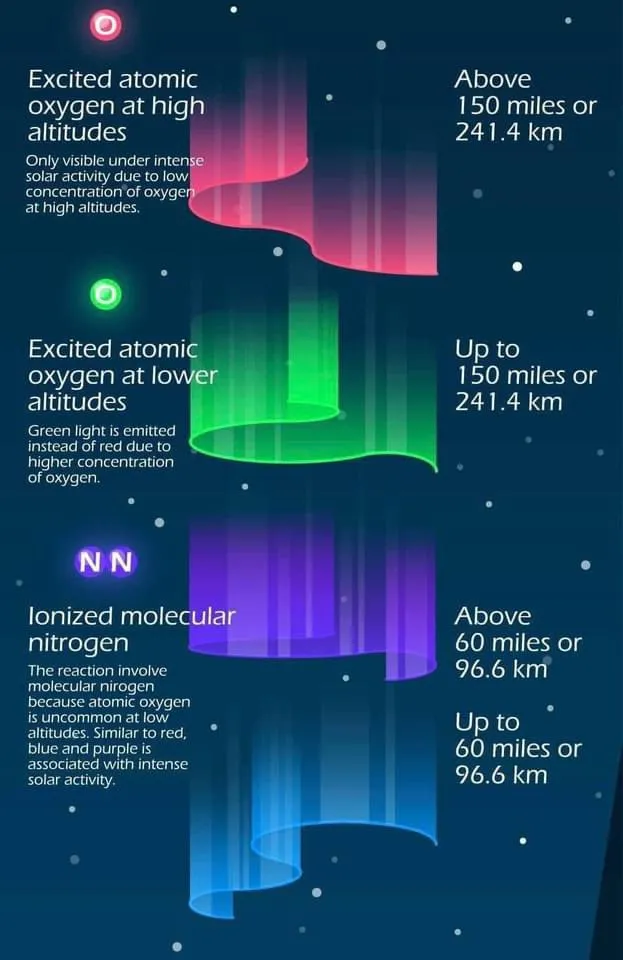
In my viewing last night, I saw mostly pink. Actually, I headed out with my mirrorless camera and tripod to a dark spot nearby to try to get some good pics. Here’s the best I achieved:
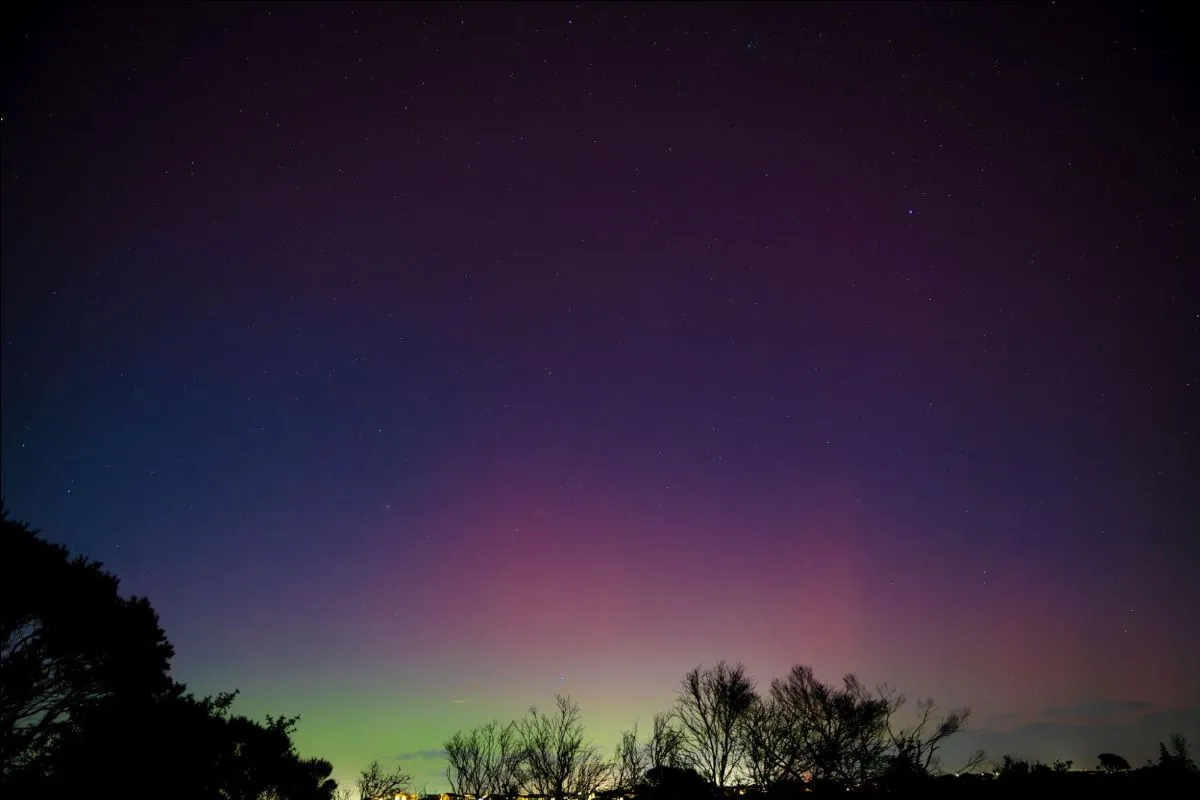
Not exactly stunning, though good to see some different colours. None of this was visible to my naked eye, but cameras are good at capturing these, especially with longer exposures (about 10 seconds for the one above).
As luck would have it, I packed up my gear and headed home, only to witness a lovely red display from my backyard once I got back - this one taken on my phone:
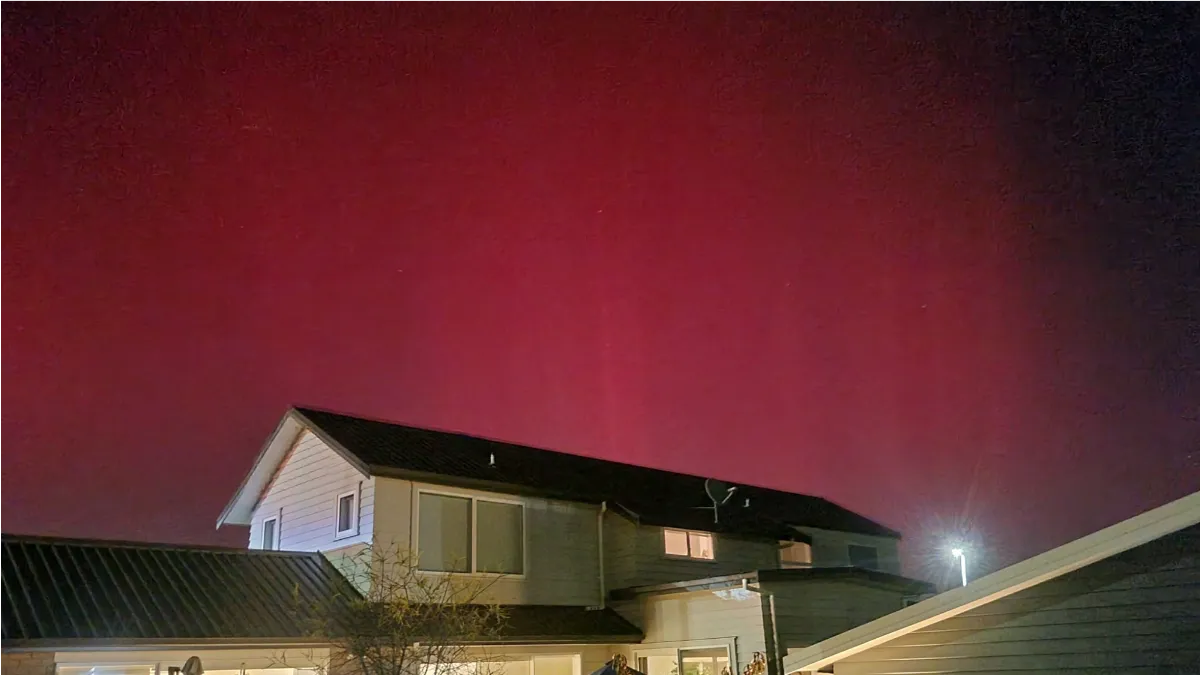
What I saw with my naked eye was a faint pink glow.
At the start of 2020 my wife and I were in Norway, high up in the Arctic Circle at North Cape, attempting to catch a glimpse of the Northern Lights. Unfortunately, they were pretty disappointing, and for me personally, when they did appear in the sky, they appeared as grey streaks to me, though green on camera.
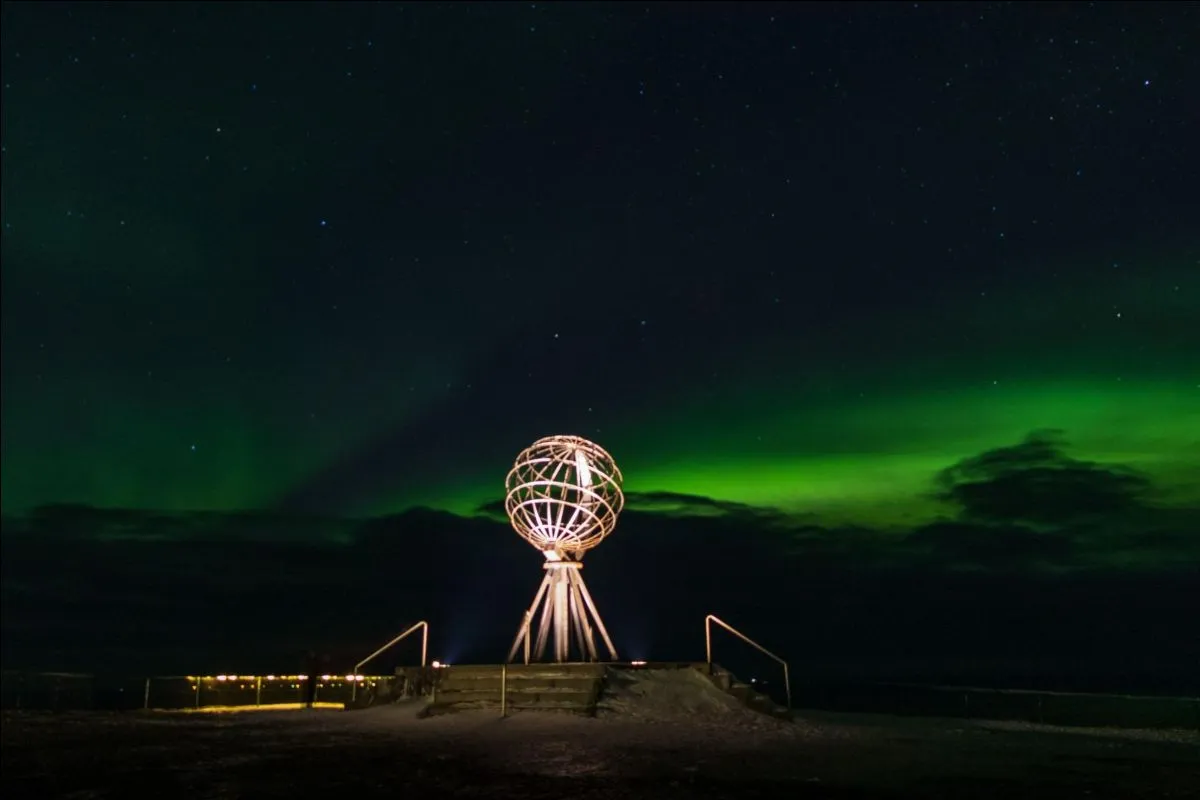
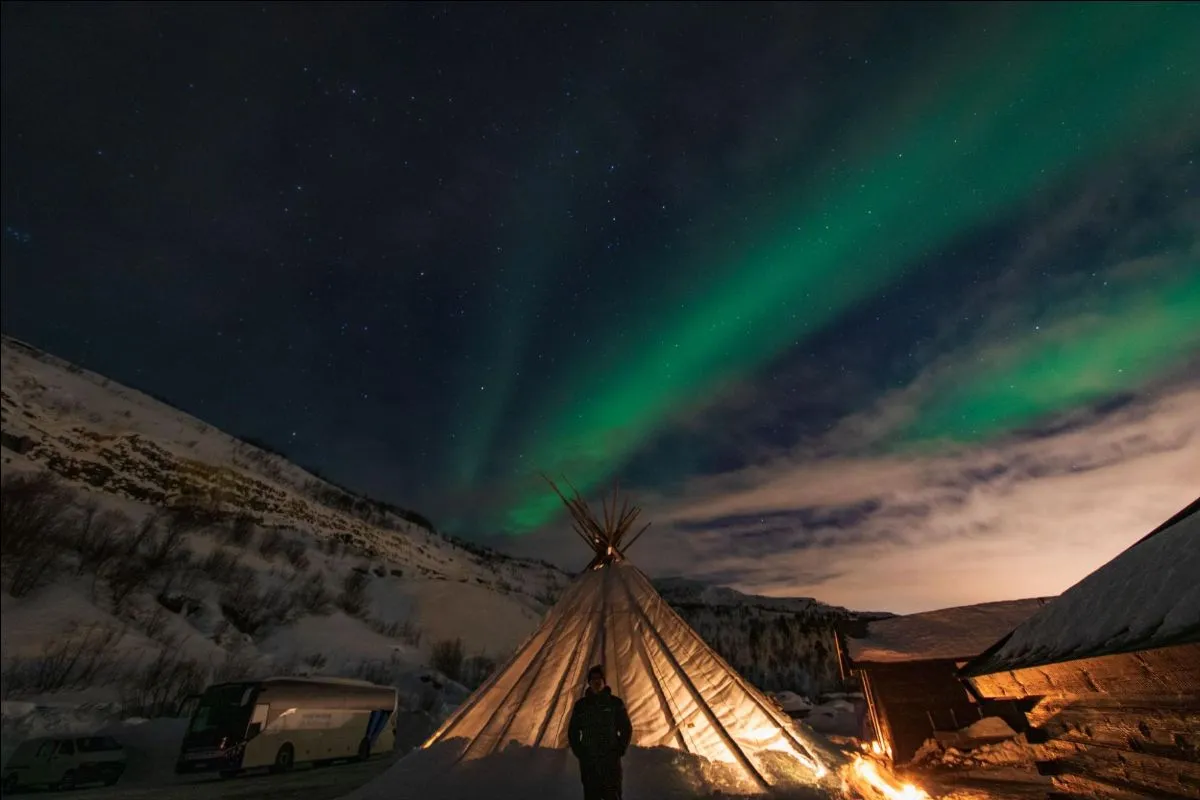
I would certainly love to witness a bright, naked eye visible display. I’m hoping to head out again tonight, assuming the skies remain clear, to see if I can catch some more.